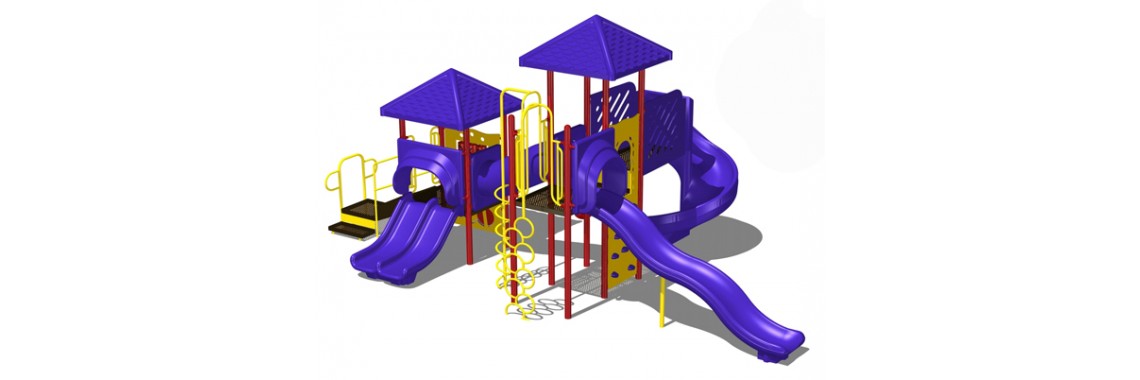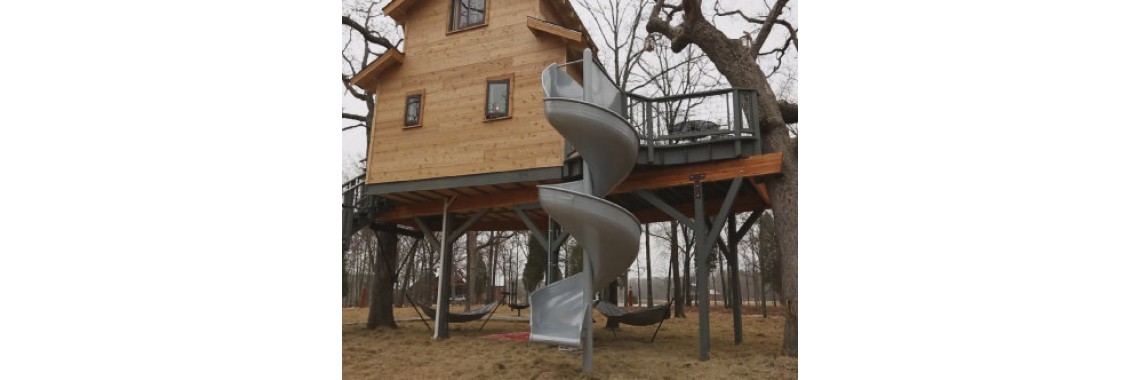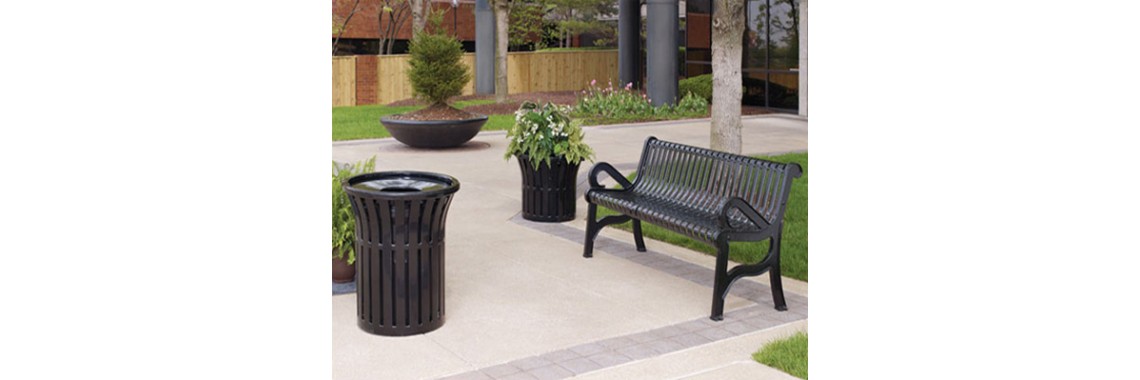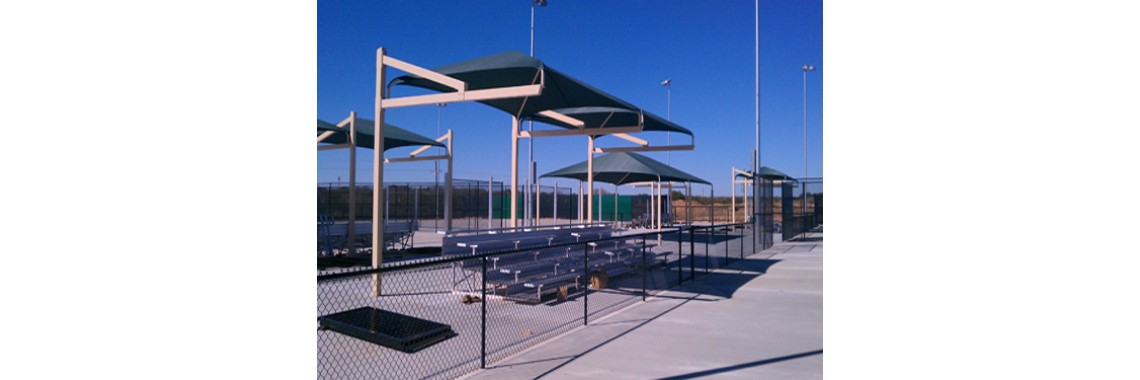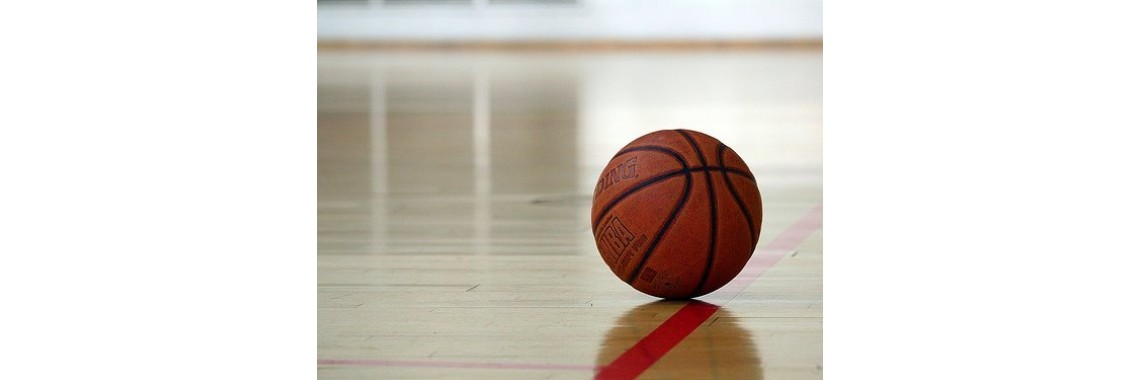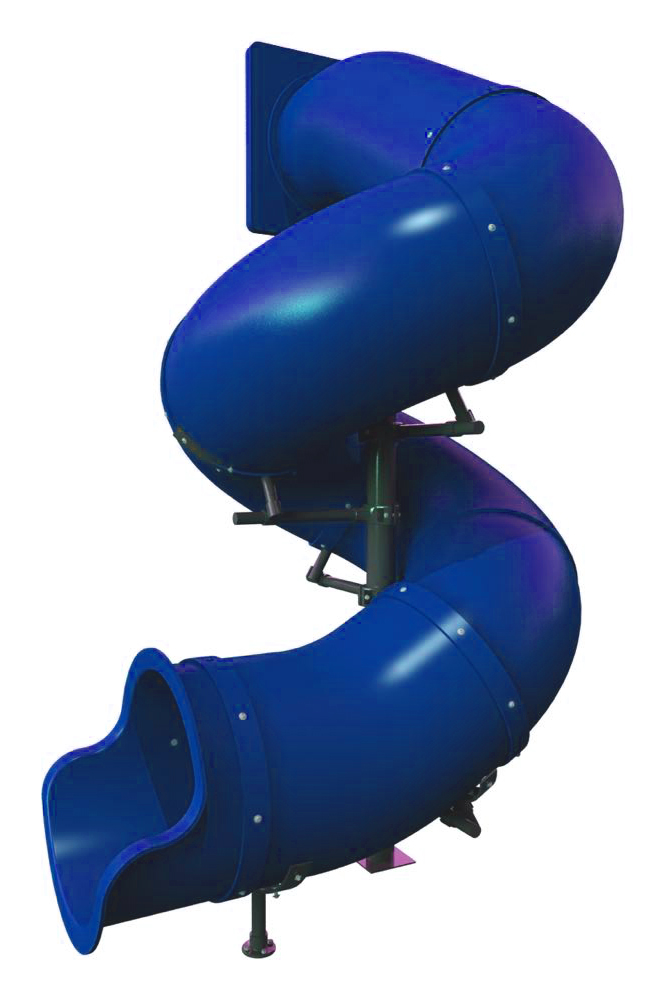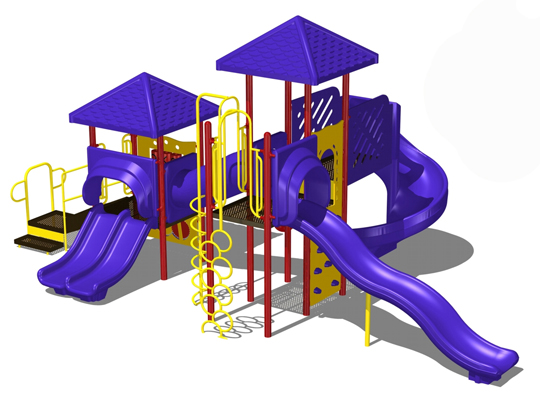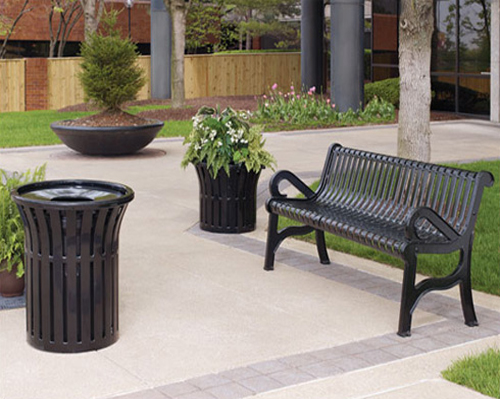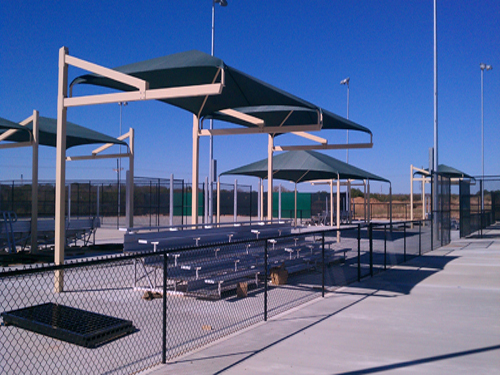Residential, Commercial, Custom Slides|Playgrounds & Fun
DunRite Playgrounds specializes in high-quality, customizable playground slides for commercial and residential use. From thrilling spiral slides and embankment slides to tunnel slides and durable playground slides – we offer almost unlimited designs to fit your play space.
Our slides are built for safety, durability, and endless fun, with options tailored to different deck heights and configurations. Whether you need a standard slide or a fully customized solution, DunRite Playgrounds ensures top-tier craftsmanship and vibrant design choices to bring your vision to life.
Upgrade your fun with a slide that's built to last!
Embankment Slides Worksheet
Do you need help finding the right slide? Click on
Slide Selection
Do you need a FREIGHT price? Click on
FREIGHT Worksheet
Need help getting the correct spiral slide? Click on
SPIRAL Worksheet
Just need help, or request information? Click on
Contact Us
An embankment slide or hillside slide is a fun way to descend. Safety is important, we do not want Jack and Jill "tumbling" down the hill, but safely sliding! Hillside, embankment, or slope slides are NOT terribly complicated, but do take some planning to ensure that safety, form, and function all meet together at the end. An embankment slide is a good way to introduce a long bedway slide into a play area without the risk of steps, ladders, decks and fall heights. As an embankment slide, the bedway of the slide should never be more than one foot above the ground grade below it.
After some terms and definitions, you may fill in the answers as you go! You will need to know:
1. the DECK
HEIGHT or elevation of the entrance: This is the industry
term for the height of the hill. This can be somewhat difficult to measure when
there is a hill beneath your feet. It is probably not possible to drop a
plumb-bob down or measuring tape to determine how high up you are.
There are some fancy and expensive devices that utilize GPS to determine
elevation, such as above or below sea level. Many of these do not have
accuracy within a few feet, so this is not usually the best tool to utilize for
slide measurements. Landscaping plans or architectural plans may
have this number recorded already. We can reverse engineer the numbers to
determine height if you know SLOPE and LENGTH.
2. the ANGLE or
slope amount: Too steep of a slide and the passenger will descend too
rapidly, obviously with risk and danger involved. Too shallow of an angle
and the passenger may not reach the end. While there may not be a
high fall to the ground from spills overboard, we want to ensure that the ride
is safe and successful. The angle and slope is prescribed by safety
standards. Slides for toddlers average 24 degrees or less. Slides
for preschoolers should be no steeper than 30 degrees. Many designs
may include sections with higher angles up to 35 degrees. No portion of a
slide or slide path should ever exceed 50 degrees!
3. the LENGTH of
the slide bedway: The height, length and slope are always factors that
relate to each other. Many times, you will know how long you want your
slide to be. We can reverse engineer the numbers to determine the
length if you know HEIGHT and ANGLE.
Remember to allow proper room at the exit of the slide, with safety surfacing
on the ground to have a safe "use zone" at the end. For
"quick" math, the length is roughly DOUBLE the deck elevation.
Thus a 7' deck height slide would be 14' long. This isn't the exact ratio
or formula, your slide may be longer or shorter.
4. the slide SHAPE or design: With a hill slide or embankment slide, the general concept is
'down.' For more fun you may want or need to veer to one direction or
introduce more of a winding "snake slide" path. Your final
design will consider the shape and path with features implemented to enhance
safety. A flat bedway with low side rails will be less expensive,
but a tube or trough slide with a covered or deep bedway will work harder to
contain the passenger where they are supposed to be. Turns may be
introduced to reduce the passenger speed. Too many or too much of a turn
and the passenger may go 'overboard.' A wider bedway may be considered
for short distances. Longer distances suggest straight and narrow.
5. the grade (CLASS) of the slide: While "cheap" is good for the budget, price should not be your primary focus for your slide. The longer you make your slide, the higher the cost of materials and freight to get the slide to your location. Residential grade slides, backyard slides or playset slides are typically made from a different process that does not hold up well to constant use. Heavy duty, commercial grade plastics are thicker, and joints or sections will bolt together more securely. Plastic thickness, deliberate design features to molded components, UV stabilizers and treatment for static discharge are important features found only in commercial grade slide. Metal slides, including aluminum slides and stainless-steel slides will include greater strength and durability for long term use of your slide.
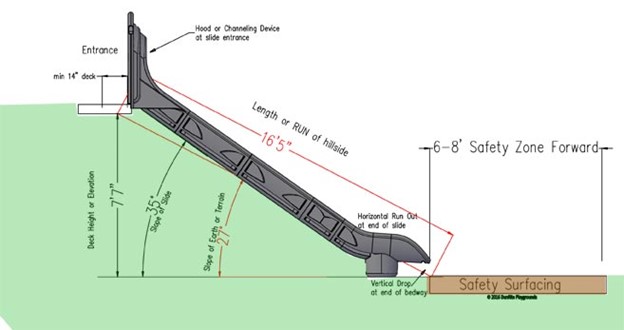
PLANNING FOR YOUR SLIDE
1. Identify the area for the slide. You
may need to consult a professional to stabilize the area to prevent unintended
movement.
2. A photograph is a helpful tool that helps
us to see the site through your eyes. Your landscaper, architect, builder,
contractor or engineer may have already prepared a sketch of the site.
Stand at the area where
the slide begins and look toward where the slide will exit. Take a photo!
Stand where the slide will end and look toward where the slide enters. Take a photo!
Stand BACK! Can you move to the side and look forward toward where the slide will be? Take a photo from the SIDE VIEW!
3. Mark your area intended for the
slide. Measure the distance from the point at the high end, down to
the exit at the low end. Measure the area and space forward of the exit
of the slide that will be the safety perimeter or use zone.
4. Perhaps the most confusing step in planning is the measurement or calculation of the slope. Fortunately, there are free and low-cost applications available for smart phones and tablets (IOS and Android) that will help you determine slope. A 5" device on a 30' hill side is going to yield unreliable results. Using a long, flat, and straight board, place the board on your hillside. Now place your phone or tablet on the board. Obtain measurements throughout the descent of the area for your slide previously marked. Using visual clues, you may see areas that have distinctly different angles or slopes. With a table of measurements, we can create a "slope" using the recorded findings, and graph or draw this to paper.
5. SHARE your findings. With your goals in mind and your recorded findings, we will guide you the rest of the way...
